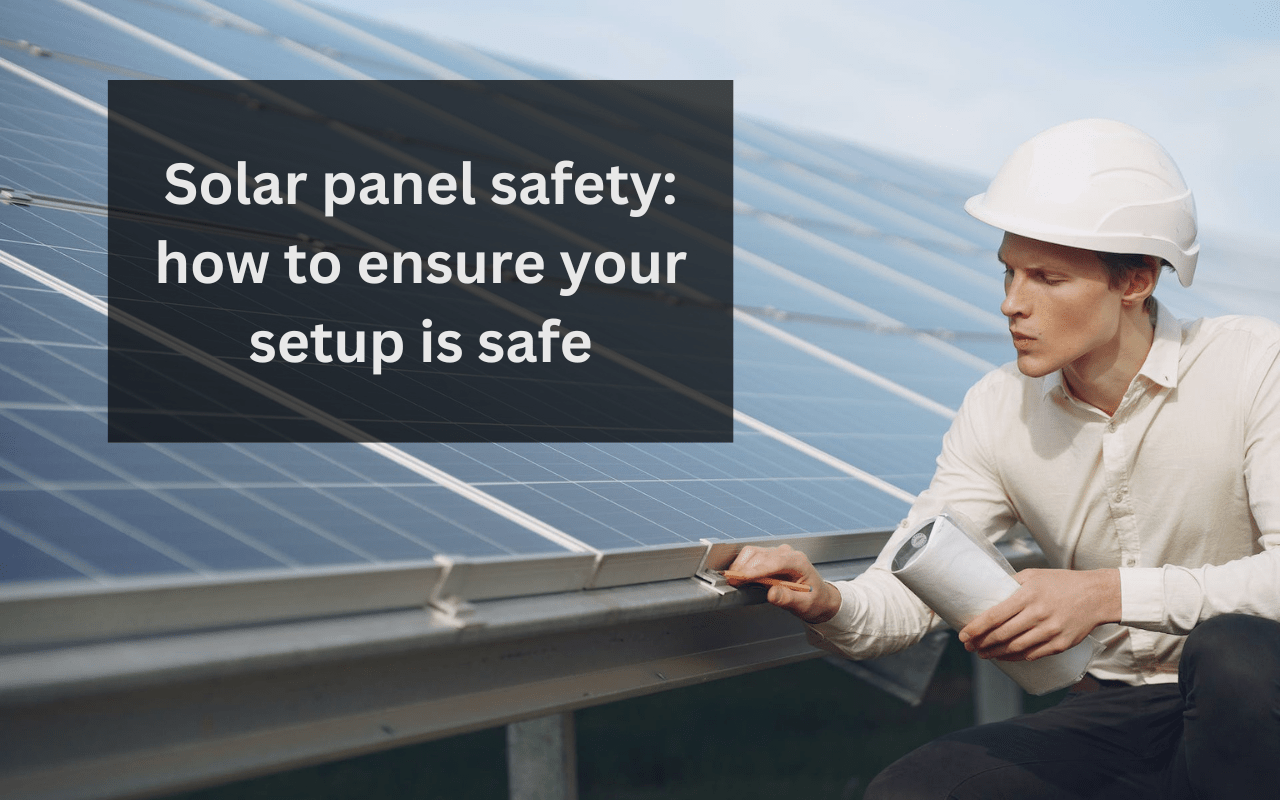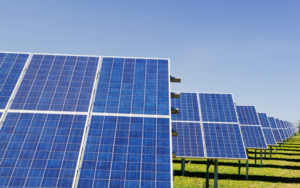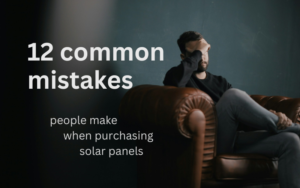Welcome to our guide on solar panel safety. In this article, we explore the key safety concerns associated with solar panels, particularly focusing on the causes of fires and how to mitigate these risks. We’ll provide you with essential maintenance tips to ensure your system operates safely over time and highlight the regulations you should be aware of when installing and managing your solar panels.
Whether you’re a homeowner, installer, or simply interested in the safety aspects of solar technology, this guide will equip you with the knowledge needed to maintain a safe and efficient solar setup.
Table of Contents
What are the common risks of solar panels?
While solar panels are widely recognized for their safety and environmental benefits, like any electrical system, they are not without risks. The primary safety concerns with solar panels revolve around the potential for fire hazards, which can stem from several sources.
Fire hazards from electrical faults
The most notable risk associated with solar panels is the potential for fire due to electrical faults. These faults can arise from poor installation, faulty manufacturing, or inadequate maintenance. Incorrect wiring or the use of incompatible components, such as DC connectors from different manufacturers, can significantly increase the risk of short circuits and overheating. For instance, mixing DC connectors, which may appear similar but lack standardization, is a known risk factor and against safety regulations.
Quality of installation
The quality of the solar panel installation plays a crucial role in ensuring safety. Panels need to be securely mounted, with all electrical connections properly insulated and protected. Inadequate installation can lead to physical damage to the panels or wiring over time, which can expose electrical components to the elements and increase the risk of fire.
Maintenance and inspection negligence
Another significant risk factor is the lack of regular maintenance and inspection. Solar panels are often perceived as a low-maintenance technology. However, without periodic checks, potential issues such as frayed wires, accumulation of debris, or damage from environmental exposure can go unnoticed. These issues can compromise the electrical integrity of the solar system and lead to dangerous situations.
Impact of environmental factors
Environmental factors also pose risks. For example, solar panels installed in areas prone to high winds, heavy snow, or frequent storms are subject to physical stresses that can lead to structural and electrical damage.
Additionally, the location of solar panels on rooftops can complicate firefighting efforts, as standard rooftop access and firefighting tactics may be hindered by the presence of the panels and associated electrical systems which are always live due to continuous exposure to natural light.
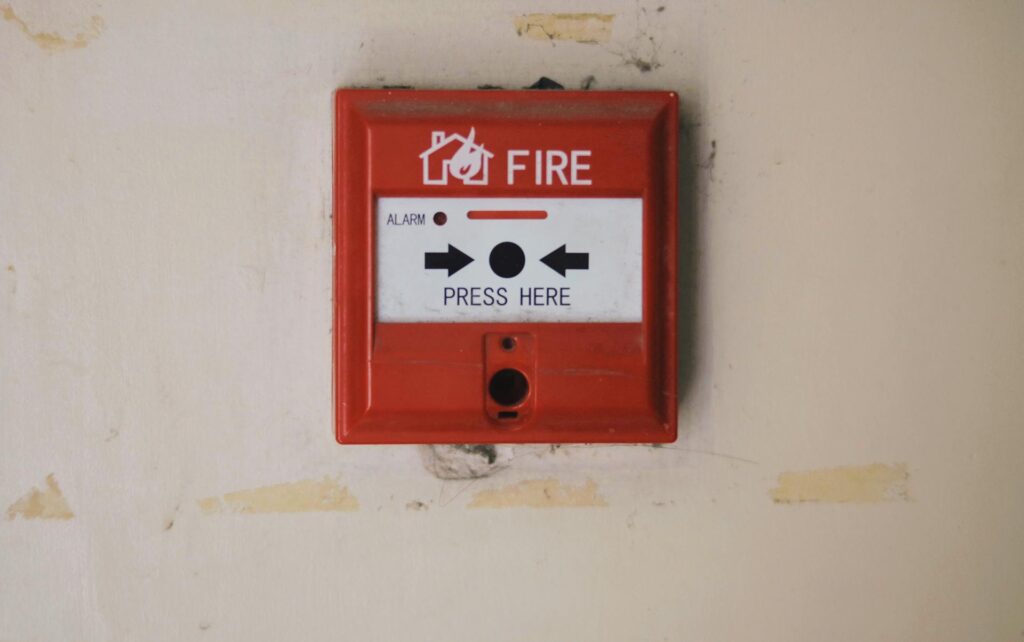
How safe are solar panels compared to other household appliances?
Solar panels are often perceived as a novel technology, which can raise questions about their safety compared to more familiar household appliances. However, when installed and maintained correctly, solar panels are exceptionally safe and pose minimal risk, especially when compared to common household items like toasters, washing machines, and dryers.
How often do fires happen?
Research and analysis conducted by the Building Research Establishment (BRE) and the Netherlands Organisation for Applied Scientific Research (TNO) provide a clear perspective on the relative safety of solar panels. According to an evaluation by SolarBlogger using these figures, the incidence of fires stands at approximately 15 fires per million units for solar installations in the UK annually. In contrast, toasters, which are a commonplace in homes, show a significantly higher risk, with 85 fires per million units. Similarly, clothes dryers and washing machines present higher risks, with 48 and 28 fires per million units, respectively.
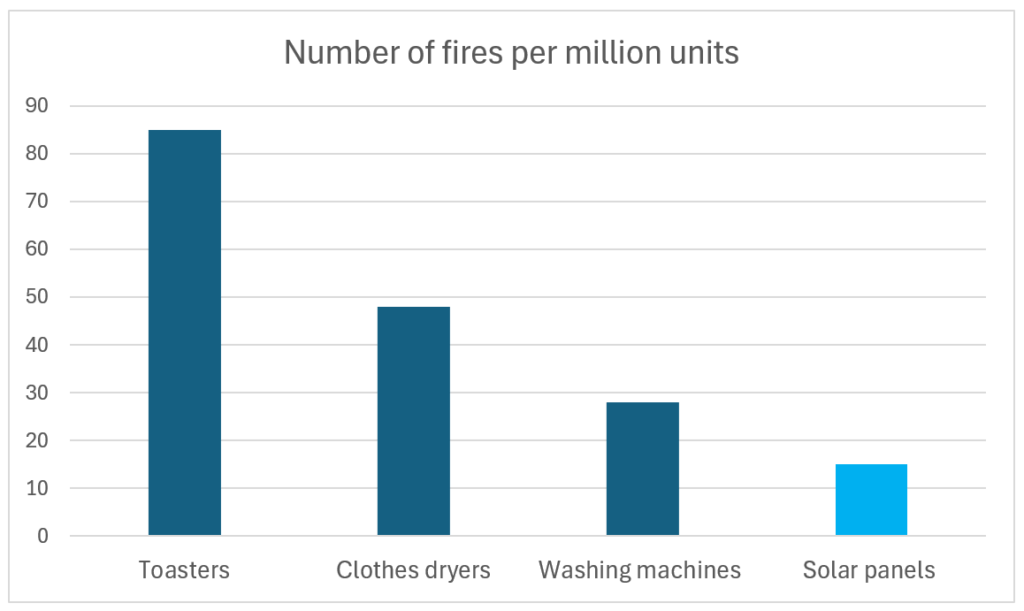
When compared to everyday appliances, solar panels demonstrate a substantially lower fire hazard. This is primarily due to the rigorous standards to which they are manufactured and the safety features inherent in their design. Solar panels do not have moving parts, which reduces the risk of mechanical failure, and they operate without producing heat, which is a common cause of appliance-related fires.
Measures to take to ensure safety
Ensuring solar panel safety hinges on professional installation and regular maintenance. Unlike household appliances, which often are used daily and can show visible signs of wear or damage, solar panels are more “set and forget.” This can lead to complacency, so it’s crucial that solar panel installations are regularly inspected and maintained by qualified professionals. Mixing DC connectors, a common error in installations, can lead to electrical faults; thus, using a registered and experienced installer who adheres to safety standards is essential.
Both industry reports and fire department insights stress the importance of using accredited installers and products tested to robust industry standards, as advocated by organizations like the Microgeneration Certification Scheme (MCS). This helps mitigate risks and ensures the systems operate safely throughout their lifespan.
What are the causes of solar panel fires?
Solar panel fires are relatively rare, but when they occur, the consequences can be severe. Understanding the primary causes of these fires is essential for mitigating risks and ensuring the safety of solar panel installations.
Electrical faults
The majority of solar panel fires are attributed to electrical faults. These can arise from poor installation practices, such as improper wiring or the use of incompatible components. Faulty or damaged wiring can lead to short circuits, which may ignite fires if they occur near flammable materials.
Inverter and connector failures
Inverters convert the direct current (DC) produced by solar panels into alternating current (AC) used in homes and on the grid. Faults in inverters, such as overheating due to poor quality or incorrect installation, can be a fire hazard. Similarly, using mismatched or low-quality connectors can lead to poor connections that increase resistance and heat generation, potentially sparking a fire.
Poor maintenance
Lack of regular maintenance can lead to the degradation of solar panel components, which might not be immediately obvious but can significantly increase the risk of fire over time. Panels and their associated systems require periodic checks to ensure all parts are functioning correctly and safely.
Installation onto combustible materials
Installing solar panels on or near combustible materials without proper fireproof barriers can increase the risk of fires. For example, panels installed over flammable roofing materials like certain types of insulation can catch fire if an electrical fault occurs.
How can I mitigate the risk of solar panel fires?
To reduce the likelihood of solar panel fires, several steps can be taken:
- Professional installation: Ensure that solar panels are installed by qualified professionals who use high-quality materials and adhere to all safety standards.
- Regular inspections and maintenance: Establish a routine for inspecting and maintaining solar panels to identify and resolve issues before they lead to serious problems.
- Use of non-combustible mounting surfaces: Whenever possible, install solar panels on non-combustible surfaces or use fire-resistant barriers to prevent the spread of fires to or from the panels.
- Proper electrical safety measures: Install electrical safety devices such as DC isolators, which can quickly disconnect the panels from the power system in case of an emergency, reducing the risk of maintaining an electrical current that could ignite a fire.
- High-quality components: Choose high-quality components that meet national safety standards to ensure reliability and safety throughout the system’s lifespan.
Can solar panel installation affect building safety?
Installing solar panels on buildings, particularly on rooftops, can introduce new risks that need careful consideration to ensure the safety and integrity of the structure. Understanding these risks is crucial for homeowners and building managers.
Structural stress
One of the primary concerns with rooftop solar installations is the additional load on the building’s structure. Solar panels add weight and, depending on the building’s design and age, could potentially stress the structural integrity. It’s important that a structural engineer assesses the building to ensure it can support the extra weight without compromising safety.
Fire risks
As mentioned above, there is a risk of fire from electrical faults. This risk is exacerbated when panels are installed close to, or on, flammable materials. In buildings with combustible roofing materials, such as certain types of insulation or older roofing technologies, the risk is heightened. Ensuring that solar panels are installed on non-combustible roofs or that adequate fireproofing measures are in place is vital.
Access issues
Solar panels could also potentially affect building safety by complicating access to the roof. This can hinder not only maintenance and emergency repairs to the roof itself but also firefighting efforts. In emergencies, firefighters may need quick and unobstructed access to the roof to manage fires, which can be challenging with extensive solar panel installations.
Electrical safety
The continuous generation of electricity by solar panels, as they produce power whenever exposed to light, has its own unique challenges. Unlike traditional electrical systems, solar panels cannot be easily deactivated, and this ‘always live’ nature can increase risks during electrical faults or fires. Installation of proper safety switches, such as DC isolators accessible to emergency responders, is essential to mitigate these risks.
Installation quality
Finally, the quality of the solar panel installation itself plays a critical role in building safety. Poor installation can lead to issues such as water leaks, especially if the roof has been penetrated to mount the panels. Using qualified, experienced installers who adhere to strict safety standards is necessary to avoid compromising the building’s integrity and creating safety hazards.
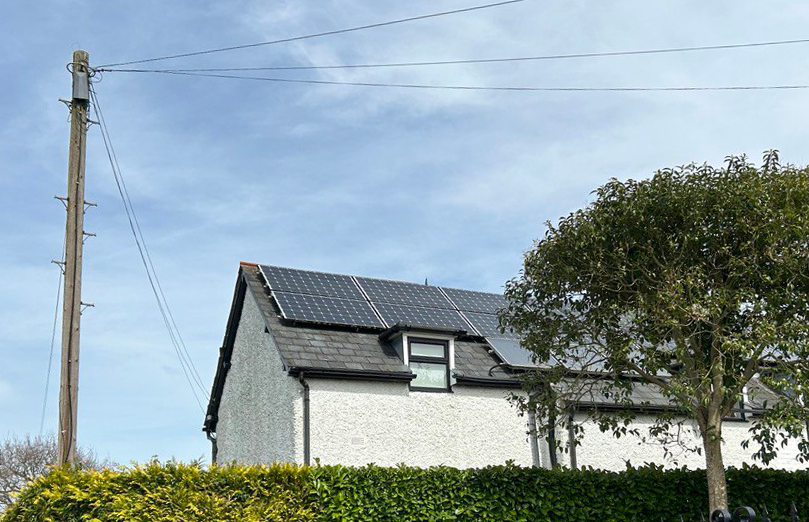
How important is professional installation for solar panel safety?
The safety and efficiency of solar panels are heavily influenced by the quality of their installation. Professional installation is not just important – it’s crucial for ensuring that solar panels function safely and effectively.
Why use a professional installer?
Professional installers are trained to handle the specific requirements of solar systems. They understand the importance of secure mounting, proper electrical connections, and compliance with local building codes and safety standards. This expertise helps prevent common installation errors that can lead to electrical faults or structural failures.
The risks of amateur installations
Amateur or DIY installations can pose significant risks. Without proper knowledge and tools, installations may end up with improper wiring, poor grounding, or use of incompatible components, all of which increase the risk of fire and system failure. In addition, amateur installations often overlook local regulations, which can lead to legal issues or even void warranties.
Choosing a certified installer ensures that all components are compatible and meet safety standards. Professionals also ensure that solar panels are optimally positioned for safety, performance, and longevity. Additionally, certified installers can provide essential follow-up services such as regular maintenance and inspections, which are key to maintaining a safe and efficient solar power system.
Are there regulations for solar panel installation?
Solar panel installations are governed by a variety of standards and certifications designed to ensure safety and effectiveness. These regulations help maintain quality across the industry and provide benchmarks for the installation and operation of solar energy systems.
Current standards and certifications
In the UK, for instance, solar panel installations must comply with specific electrical and building regulations to ensure safety and performance. Installers need to adhere to the British Standards (BS) and the Microgeneration Certification Scheme (MCS). The MCS certification is particularly crucial as it not only covers the quality of the installation but also the products used. This ensures that all components meet rigorous testing standards for safety and performance.
Internationally, standards vary, but most developed countries have similar frameworks that require systems to be installed by accredited professionals. In the United States, for example, installers must follow guidelines set by the National Electrical Code (NEC) and obtain necessary permits from local building departments.
Electrical wiring regulations
For panels not mounted on roofs, such as ground arrays, distinct safety regulations may apply, depending on your location. For instance, local regulations may dictate that electrical cables must either be buried underground or securely attached to structures like fencing to keep them clear of thoroughfares. These precautions help prevent accidents, such as electrocution from accidentally damaged cables during activities like mowing.
UK Regulations: British Standards Institution
In the UK, under the British Standards Institution’s BS7671 regulation, electrical wiring must be trenched at least 600mm deep, or alternatively, secured to a permanent structure. While a wooden fence is not recommended—due to potential degradation from treatments or exposure which could compromise the wire casing – a metal conduit or railing next to a fence or hedge can be used to safely route and protect these cables.
US Regulations: National Electric Code
In the US, solar panel wiring, particularly for ground-mounted arrays, is governed by the National Electrical Code (NEC), or NFPA 70. This standard ensures the safe installation of electrical wiring and equipment. For ground arrays, the NEC specifies that cables must be appropriately buried to protect against environmental damage and reduce the risk of accidental electrocution. This includes using protective conduit when cables must cross areas accessible to the public or where they may be exposed to mechanical damage.
The NEC also requires all solar electrical installations to be adequately grounded and equipped with safety disconnects to allow for safe maintenance and emergency disconnection. These measures are critical, especially in high-traffic or accessible areas, to ensure that the system poses no hazard to the public or maintenance personnel.
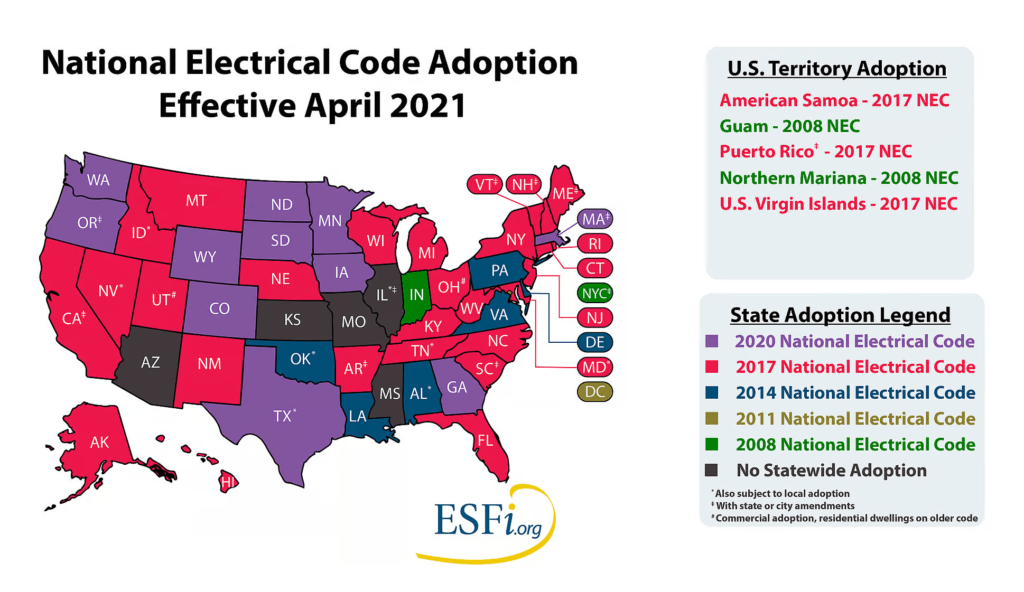
How resilient are solar panels to environmental stresses?
Solar panels are built to withstand various environmental stresses, from heavy weights to extreme weather conditions, ensuring their longevity and effectiveness. Here’s how they hold up.
Weight tolerance
Solar panels are generally robust, designed to handle significant weight loads. Most panels can support around 50 to 75 pounds per square foot, accommodating the weight of an average adult if distributed evenly. This makes them capable of withstanding heavy snow accumulation without compromising their structural integrity.
Impact resistance
High-quality solar panels are equipped with tempered glass that is highly resistant to impacts from hail or debris. These panels are tested to endure hailstones of significant size at high velocities, showcasing their durability during severe weather.
Wind resistance
Certified to meet rigorous standards, solar panels can endure hurricane-force winds. Their mounting systems are specifically designed to hold the panels firmly in place, preventing any lift-up or damage during high wind events.
Snow and ice
Solar panels generally shed snow easily, thanks to their smooth surfaces and installation angle. Snow usually melts off due to the minimal heat generated by the panels and their dark surfaces absorbing sunlight. However, manually removing snow is not advised as it risks scratching the panels. These scratches can impair their function by affecting how sunlight is absorbed, thereby reducing their efficiency. Instead, it’s best to allow snow to melt naturally or slide off the panels.
Temperature extremes
Solar panels are subjected to temperature coefficients, which measure how their performance is impacted by temperature changes. While high temperatures can reduce efficiency slightly, solar panels are designed to perform well under a variety of temperature conditions. Over time, exposure to continual high temperatures can lead to faster aging of components, but this is generally accounted for in the design and material selection of high-quality solar panels.
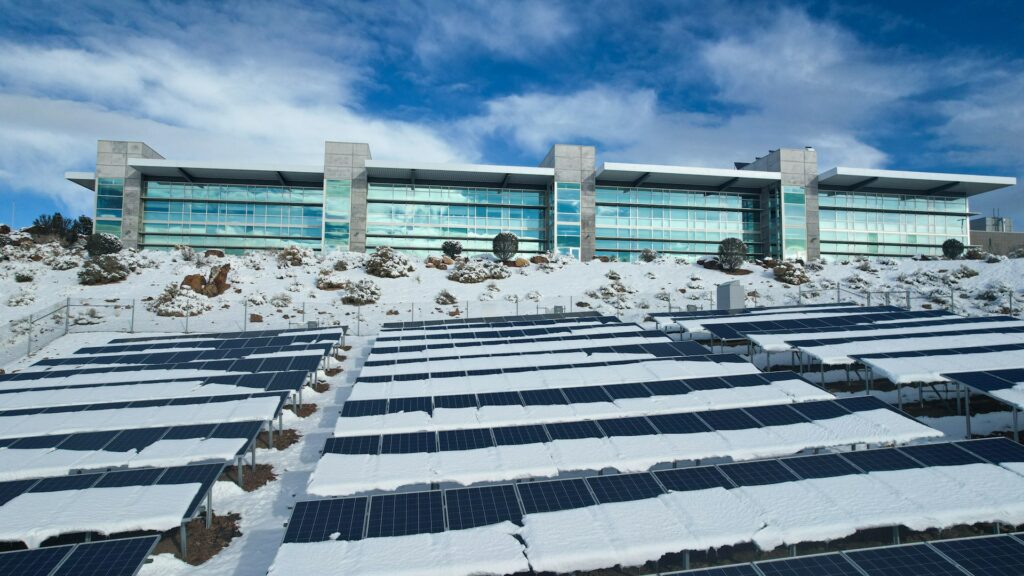
How should solar panels be maintained for safety?
Regular maintenance and inspection are crucial for ensuring the safety and efficiency of solar panels. Properly maintaining solar panels not only extends their operational life but also helps to prevent safety hazards such as electrical fires and structural damage.
Here are some essential maintenance guidelines:
- Routine inspections: Solar panels should be inspected at least annually by a qualified technician. These inspections should include checking for any visible damage to the panels, such as cracks or discoloration, which could indicate potential issues.
- Cleaning panels: Accumulated dust, debris, and other materials can reduce the efficiency of solar panels and potentially contribute to overheating. It’s important to clean your panels periodically to maintain their performance and safety. This should be done using appropriate cleaning materials and, if necessary, by a professional, especially for panels installed in hard-to-reach places.
- Checking electrical systems: The inspection should extend to all electrical connections and wiring. Frayed or chewed wires, loose connections, and corrosion can lead to short circuits and increase the risk of fire. Ensuring that all connections are tight and wires are intact is vital.
- Monitoring system performance: Many solar systems come with monitoring software that allows homeowners to track energy production and system health in real-time. Any sudden drops in efficiency could indicate a problem that needs further investigation.
- Verifying mounting and structural integrity: The mounting system holds the solar panels in place and ensures they are properly angled to capture sunlight. During maintenance checks, verify that all mounting points are secure and the structure has not shifted or deteriorated, which could pose a risk during severe weather.
- Updating safety equipment: Ensure that safety devices such as ground fault protectors and arc fault circuit interrupters are functional. These systems are designed to protect against electrical failures and should be tested regularly to confirm they are operational.
- Documenting inspections and maintenance: Keep a record of all inspections, maintenance, and repairs. Documentation can help troubleshoot future issues and is important for validating warranty claims if needed.
What emergency plans should be in place for solar panel fires?
Even though the chances of your solar panels starting a fire are very slim, particularly if you’ve followed the guidelines for professional installation and proper maintenance, it is essential to have a plan in place in the event of a highly unlikely emergency.
Here are some key components of an emergency plan:
- Emergency response plan: Every building with solar panels should have a specific emergency response plan that includes procedures for dealing with solar panel fires. This plan should be integrated into the general fire safety protocols of the building.
- Accessibility of electrical disconnects: Ensure that all emergency responders know the location of electrical disconnects for the solar panels. These switches allow for the isolation of electrical output from the solar panels, making it safer for firefighters to do their job without risk of electrocution.
- Clear labeling: Solar panel installations should have clear labeling on all components, including wiring and electrical panels. Labels help emergency responders identify and understand the solar power system layout quickly, facilitating faster and safer responses.
- Regular maintenance checks: As part of emergency preparedness, regular maintenance should be conducted to ensure that all components of the solar system are in good working condition and that no parts pose a fire risk.
- Installation of safety devices: Install devices like smoke detectors and fire alarms near solar panel installations, especially in areas like attics and roof spaces where panels are often placed. These devices can provide early warnings to building occupants. Also know where your nearest fire blankets and fire extinguishers are kept, and make sure they are always readily accessible.
- Creating an evacuation plan: Develop and regularly practice an evacuation plan for all the building’s inhabitants, and make sure they are all made aware of it. This plan should include multiple escape routes and meet-up points outside the building.
- Insurance and documentation: Ensure that insurance policies cover damages related to solar panel fires and that all safety documentation and warranties for the solar installation are up to date and accessible.
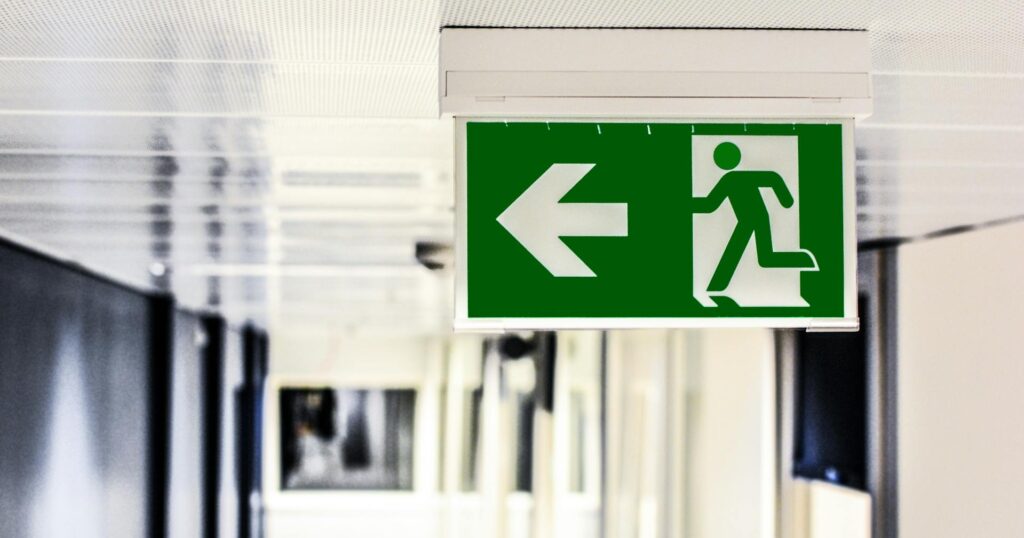
How is solar panel safety being improved?
As solar panel technology advances, so too do the measures to enhance its safety. Innovations in both the design and components of solar panels are making significant improvements in reducing risks and increasing their overall reliability.
Technological advancements
- Microinverters and DC optimizers: One of the most impactful innovations is the shift from traditional string inverters to microinverters and DC optimizers. These devices help manage the conversion of solar energy at each panel, reducing the risks associated with high DC voltage that traditional systems pose. This advancement not only improves efficiency but significantly enhances safety by minimizing the potential for electrical fires.
- Arc Fault Circuit Interrupters (AFCIs): Introduced to detect and interrupt arc faults—an electrical issue that can create high heat and lead to fires—AFCIs are now being integrated into solar systems. These devices are crucial in preventing fires that can occur due to damaged wires or poor connections within solar arrays.
- Improved heat dissipation: New materials and designs in solar panels allow for better heat management. Panels equipped with enhanced heat dissipation capabilities prevent overheating, a common cause of reduced efficiency and potential safety hazards.
- Automated monitoring systems: Advanced monitoring systems are increasingly used to track the performance and health of solar installations in real-time. These systems can alert homeowners and maintenance teams to inefficiencies or faults before they lead to more significant issues, including potential fire risks.
- Fire-resistant materials: The use of non-combustible materials in the construction of solar panels and the mounting systems has increased. These materials help mitigate the risk of fires spreading in the event that one does start.
Future outlooks on solar panel safety
The future of solar panel safety looks promising, supported by global advancements in technology and stronger regulations.
Technological advancements
New technologies like microinverters and DC optimizers are making solar panels more efficient and safer. These reduce the high voltage DC outputs that are common in traditional systems, lowering the risk of electrical fires. Additionally, the development of flame-retardant materials and integrated fire suppression systems in solar panels helps prevent fires before they start.
Regulatory improvements
As more solar panels are installed, stricter safety standards and regular inspections are becoming more common. Authorities around the world are working on tougher certification requirements for installers and ongoing inspections to ensure safety standards are maintained. Efforts are also being made to integrate solar panel installations more closely with building codes and safety regulations, ensuring new buildings with solar panels meet the highest safety standards.
Industry standards
The industry is moving toward universal standards for connectors and other components to prevent issues that can lead to electrical failures. There is a push for standardized best practices and guidelines for installations and maintenance to help reduce risks.
In conclusion, solar panel technology not only promises significant energy benefits but also requires careful consideration of safety risks. As we’ve discussed, proper installation and adherence to guidelines are crucial for preventing the primary risks associated with these systems, such as electrical fires. The industry’s move toward standardized practices and enhanced regulatory measures aims to ensure that installations meet rigorous safety standards. With advancements in technology like safer wiring practices and fire-resistant materials, combined with stricter regulations, the future of solar safety is only set to improve.
If you’re considering a solar panel installation, make sure to discuss safety requirements and regulations with potential installers. It’s crucial to choose a trusted installer with a strong reputation and positive reviews, rather than simply opting for the cheapest option – as quality installation is vital for ensuring the long-term safety and efficiency of your solar panels.
For further reading, you might be interested in the following:


